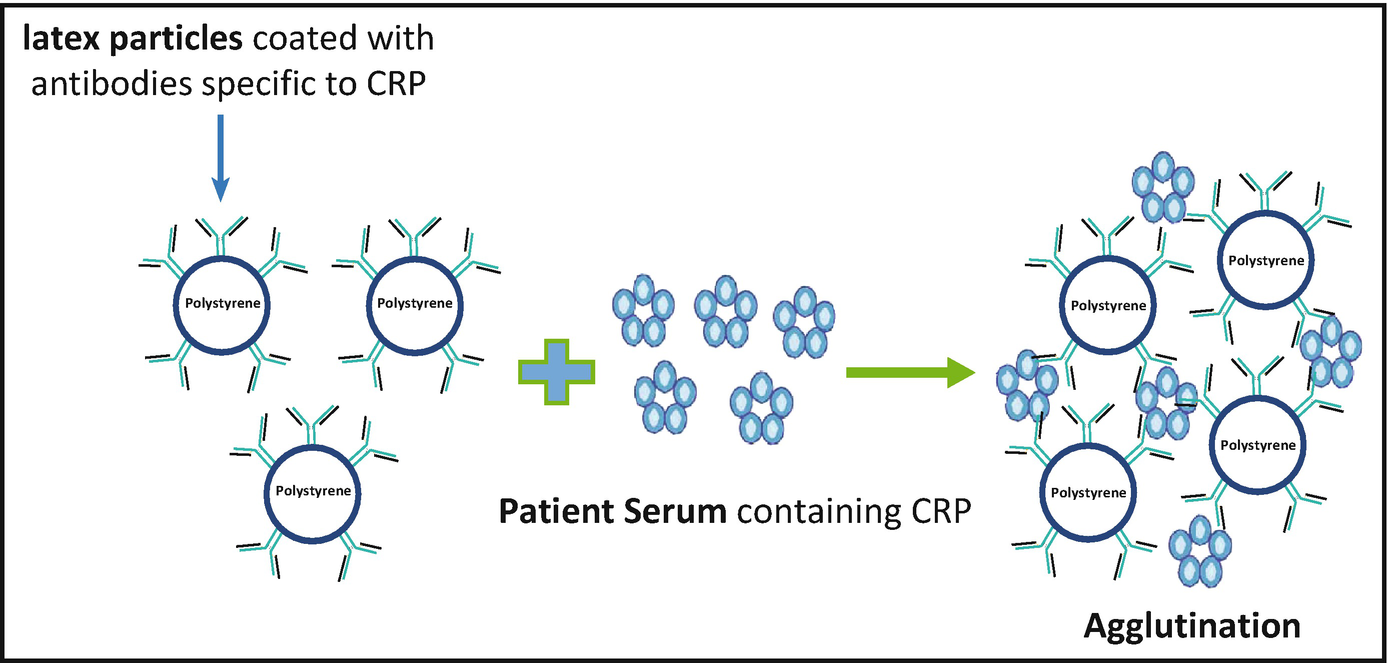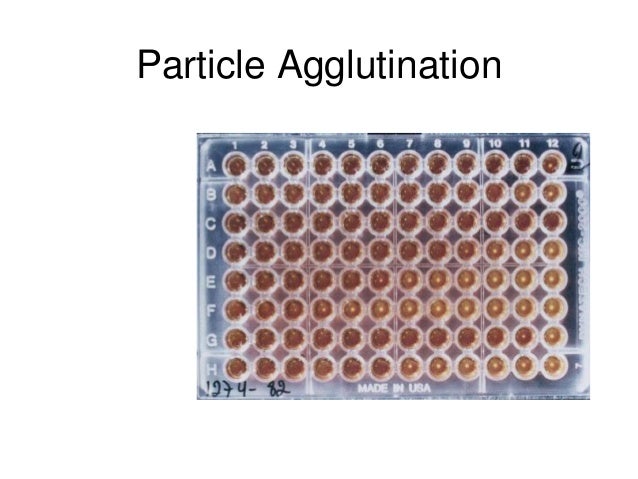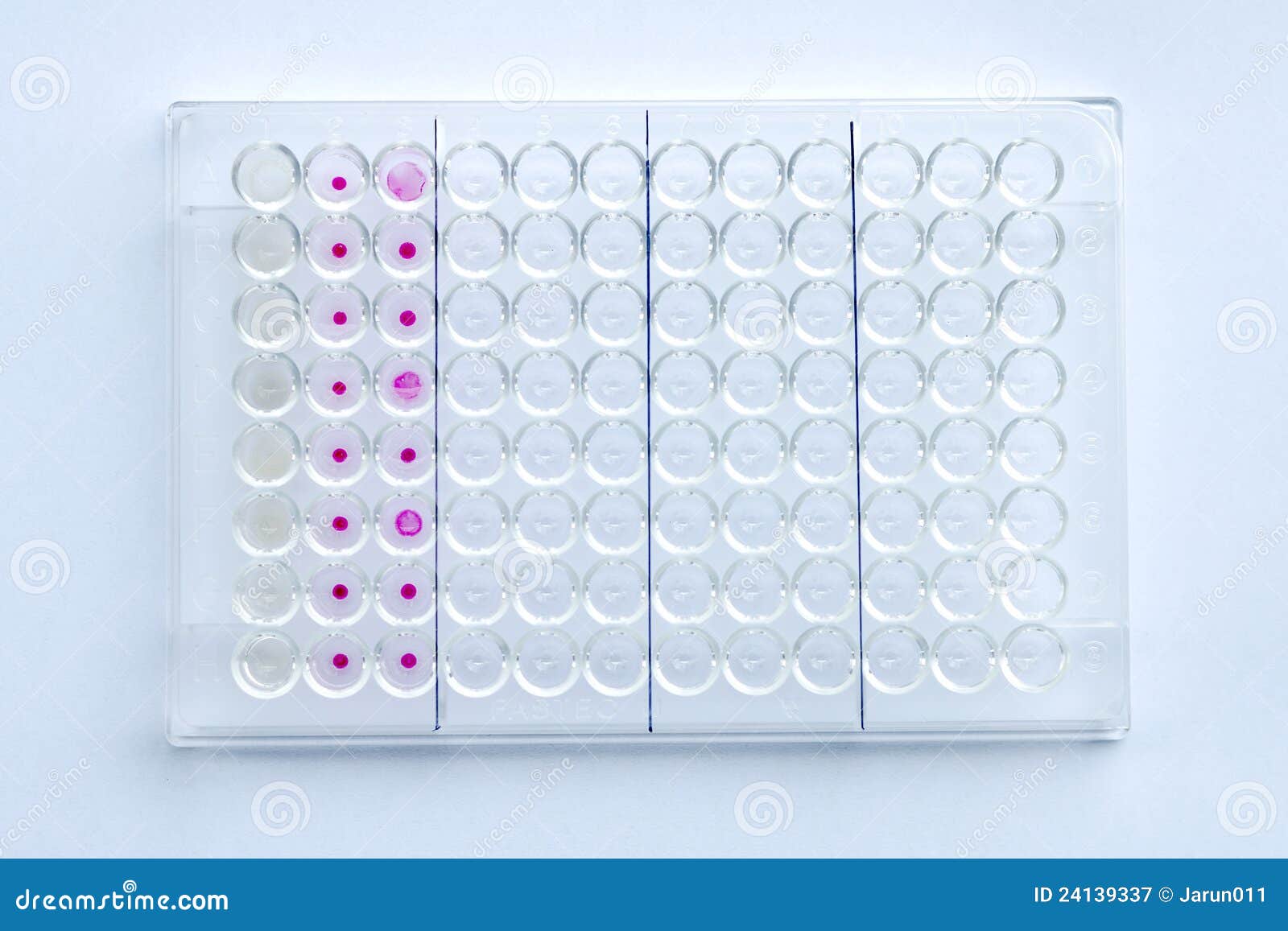Are you desperately looking for 'particle agglutination test'? Here you can find your answers.
Table of contents
- Particle agglutination test in 2021
- Particle agglutination test principle
- Direct vs indirect agglutination
- Treponema pallidum particle agglutination test
- Tppa test positive
- Latex particle agglutination
- Tp-pa test negative
- Latex particle agglutination test
Particle agglutination test in 2021
 This image representes particle agglutination test.
This image representes particle agglutination test.
Particle agglutination test principle
 This image demonstrates Particle agglutination test principle.
This image demonstrates Particle agglutination test principle.
Direct vs indirect agglutination
 This image demonstrates Direct vs indirect agglutination.
This image demonstrates Direct vs indirect agglutination.
Treponema pallidum particle agglutination test
 This picture shows Treponema pallidum particle agglutination test.
This picture shows Treponema pallidum particle agglutination test.
Tppa test positive
 This picture representes Tppa test positive.
This picture representes Tppa test positive.
Latex particle agglutination
 This picture representes Latex particle agglutination.
This picture representes Latex particle agglutination.
Tp-pa test negative
 This picture shows Tp-pa test negative.
This picture shows Tp-pa test negative.
Latex particle agglutination test
 This picture shows Latex particle agglutination test.
This picture shows Latex particle agglutination test.
What is the procedure for the latex agglutination test?
Procedure of Latex Agglutination Test. The common procedure for both types of latex test involves coating microbeads of latex with pathogen-specific antigens or antibodies. Patient’s cerebrospinal fluid, serum or urine is mixed with the coated latex particles in serial dilutions with normal saline and observed for agglutination (clumping).
How to see the results of particle agglutination?
The results can be gleaned by observing agglutination as the carrier particles fuses or binds with the particular analytes contained in the sample. The results are seen visually by the naked eye or by using a microscope depending on the format of the test. Interpreting test results are relatively easy if the reactions are strong.
How is an agglutination test used to detect antibodies?
Agglutination tests detect antibody or antigen and involve agglutination of bacteria, red cells, or antigen- or antibody-coated latex particles. They rely on the bivalent nature of antibodies, which can cross-link particulate antigens.
What is the reverse passive agglutination test called?
They are also referred to as ‘ particle agglutination test’. Reverse passive agglutination test is a special type of particle agglutination test in which the antibody is coated on a carrier molecule which detects antigen in the patient’s serum.
Last Update: Oct 2021